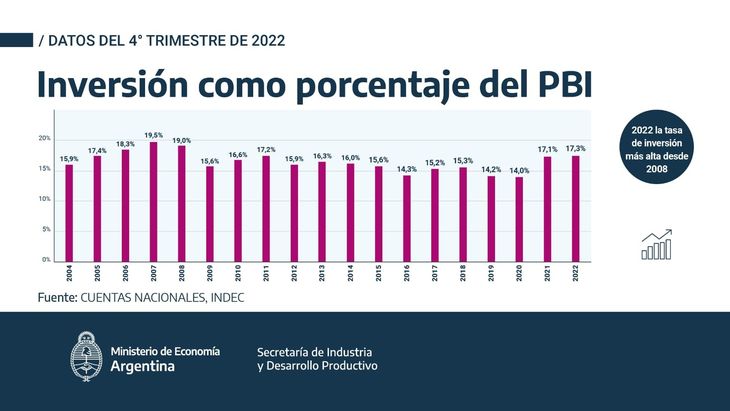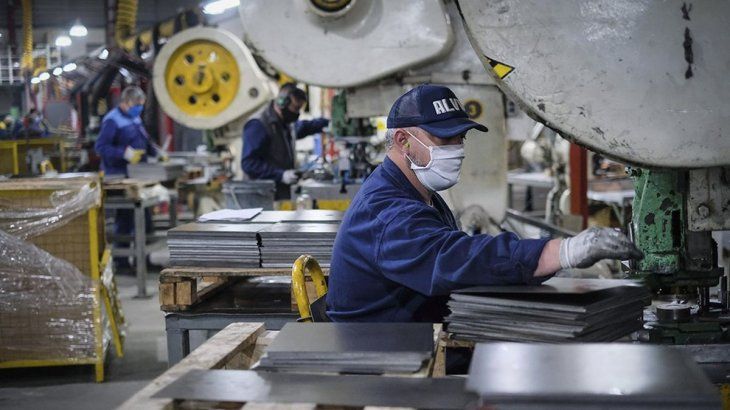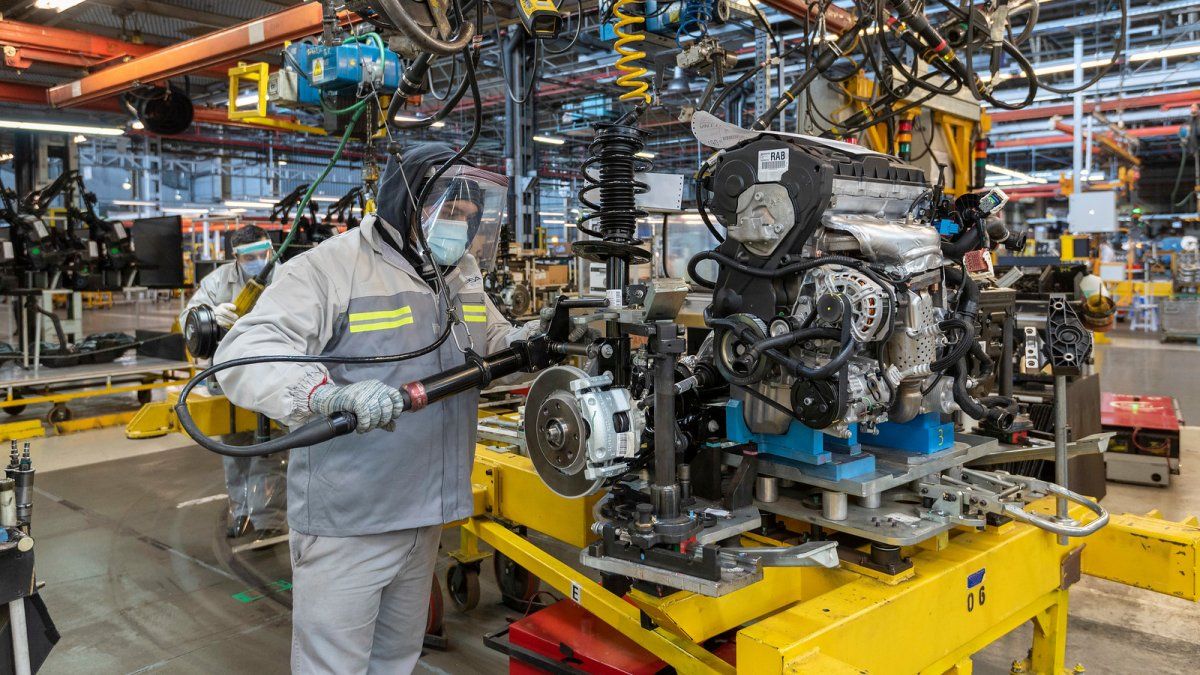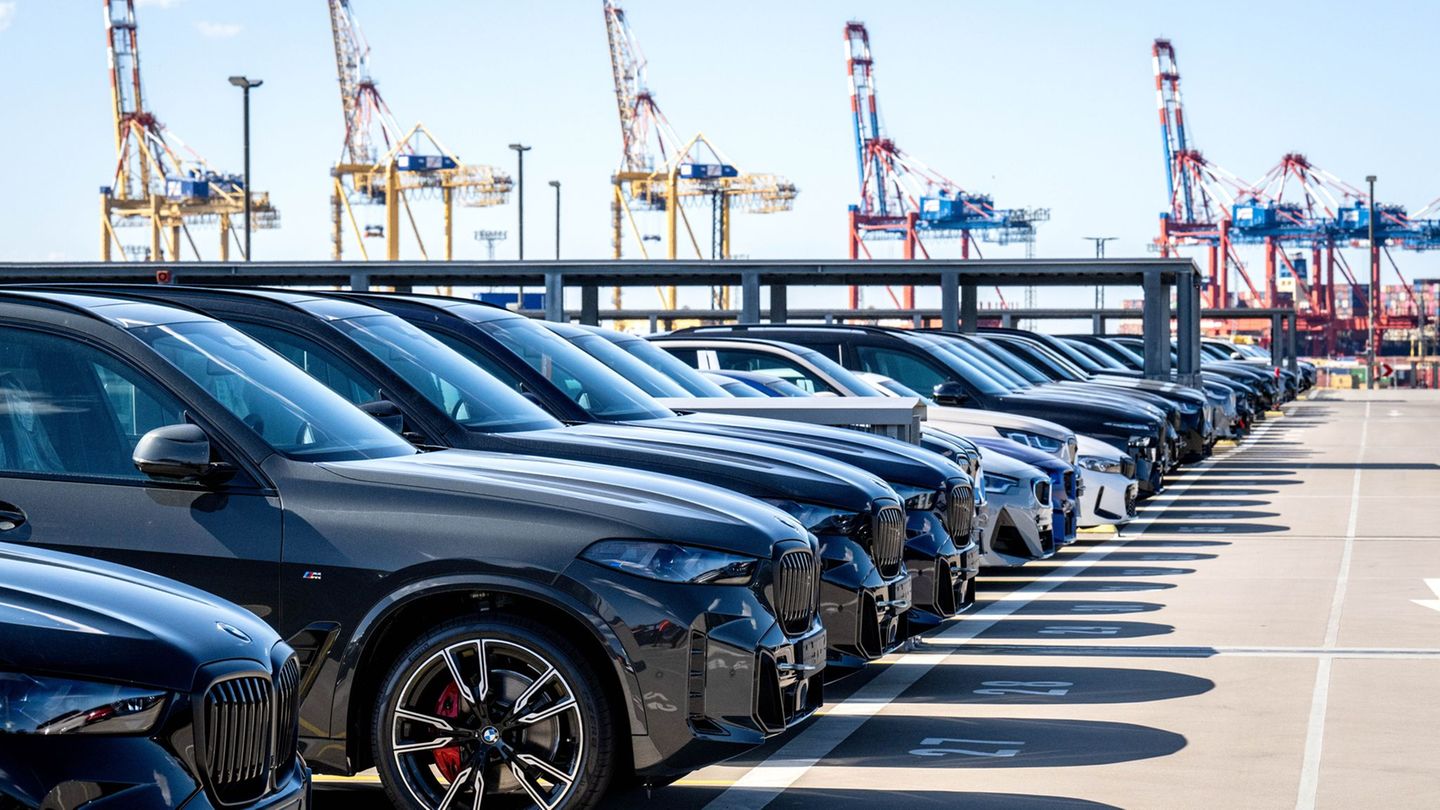The industry The national market showed positive numbers again and thus maintains its good growth streak. In February, industrial production grew 0.5% year-on-year and 10.1% compared to the same month of 2019.
The recent data, according to the advanced index of industrial activity elaborated by the Production Studies Center (CEP XXI) of the Ministry of Industry and Productive Development of the Nationshowed a new advance in the industry category last month.
industrial employment.jpg
Industry: another positive month with growth in production
Compared to the previous month of January, the industry also registered a growth of 0.6% without seasonality accumulating two months of consecutive growth. Thus, the highest production for a first two-month period in five years was recorded. The leading index takes as reference the energy consumption based on CAMMESA.
“With all the difficulties we have from the pandemic, the war and now the droughtthe numbers continue to show that the economic course we are taking is the one indicated and we are complying with Sergio Massa’s political decision to order the macroeconomy by maintaining the level of activity with a focus on industry and value added,” said the Secretary of Industry and Productive Development, Jose Ignacio de Mendiguren.
Last January, industrial activity grew 6.3% compared to the same month in 2022. In this way, it ranked as the second busiest January of the entire series. It also grew 0.7% compared to December without seasonality. In turn, this growth was widespread among the industrial branches: Of 16 sectors, 14 grew against the same month of 2022 and 12 did so compared to December.
industrial production february 2023.jpg

Sector by sector, how was the encouraging data for February
The sectors that contributed the most to industrial growth in January were:
- Food and beverages (+9.1% year-on-year -yoy-)
- Basic metal industries (+8.9% yoy)
- Automotive (+24.8% yoy)
- Metal products (+15.2% yoy)
- Rubber and plastic (+10.3% yoy)
- Non-metallic minerals (7.3% ia)
- Clothing (+12% yoy)
The effect of 2022
On the other hand, based on the INDEC data, it can be seen that the economy closed 2022 with an annual growth of 5.2% thus accumulating two consecutive years of product expansion, after the fall due to the pandemic and the recession of 2018 and 2019.
The industry with him trade were the sectors that contributed the most to the growth of the economy in 2022: these grew 5% and 6.4% respectively and both with a contribution of 0.8 percentage points (pp). Particularly in the fourth quarter, GDP expanded 1.9% compared to the same quarter of 2022 and 6.1% compared to the same period of 2019.
In this way, with the growth of the last quarter of 2022, the economy accumulated 8 consecutive quarters of year-on-year expansion. However, in the seasonally adjusted measurement, it showed a fall of 1.5% compared to the previous quarter, thus interrupting a period of five consecutive quarter-on-quarter increases (without seasonality).
industrial employment.jpg

investment expansion
The investment ended 2022 with an annual expansion of 10.9% and 28.8% compared to 2019. Thus, it was located at the highest level of annual investment (at constant values) since at least 2004 (beginning of the series).
In it fourth trimesterremained at the same levels as in the same period of 2021 (+0.1% yoy) and was above pre-pandemic levels (+33% compared to the fourth quarter of 2019), accumulating 9 quarters of year-on-year growth , of which 8 were double-digit year-on-year increases.
For its part, in the quarter-on-quarter measurement (without seasonality), it contracted by 7.2% versus the third quarter of 2022, registering the second consecutive drop in said measurement. In terms of the economy’s investment rate, in 2022 investment represented 17.3% of GDP, the highest percentage since 2008, when it represented 19%.
Employment
Regard to the labor marketbased on INDEC data, the vacancy rate was 6.3% in the last quarter of 2022, the second lowest level in at least the last 20 years.
The unemployment rate exhibited a decrease of 0.7 percentage points (pp) compared to the fourth quarter of 2021 (that is, 117.8 thousand people who came out of unemployment) and it was 2.6 pp below the level of the fourth quarter of 2019 (502.8 thousand people who came out of unemployment).
Compared to the third quarter of 2022, unemployment also fell (it fell 0.8 pp and without seasonality it fell 0.4 pp). This lower unemployment rate was accompanied by a growth in the activity rate (it grew 0.7 pp in year-on-year terms and was maintained compared to the previous quarter).
For her part, the employment rate for the last quarter of 2022 was 44.6%, the highest since at least 2003 (together with the second quarter of 2022 when it presented the same value). It increased 1 pp compared to the same quarter of 2021, which represents 648.5 thousand more employed people. Compared to 2019, it was 1.6 pp higher, which means more than 1.30 million additionally employed people.
Source: Ambito




